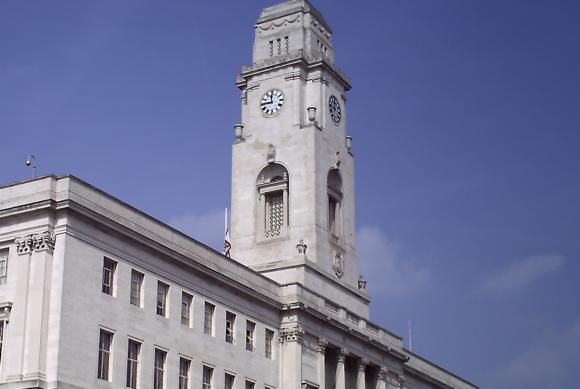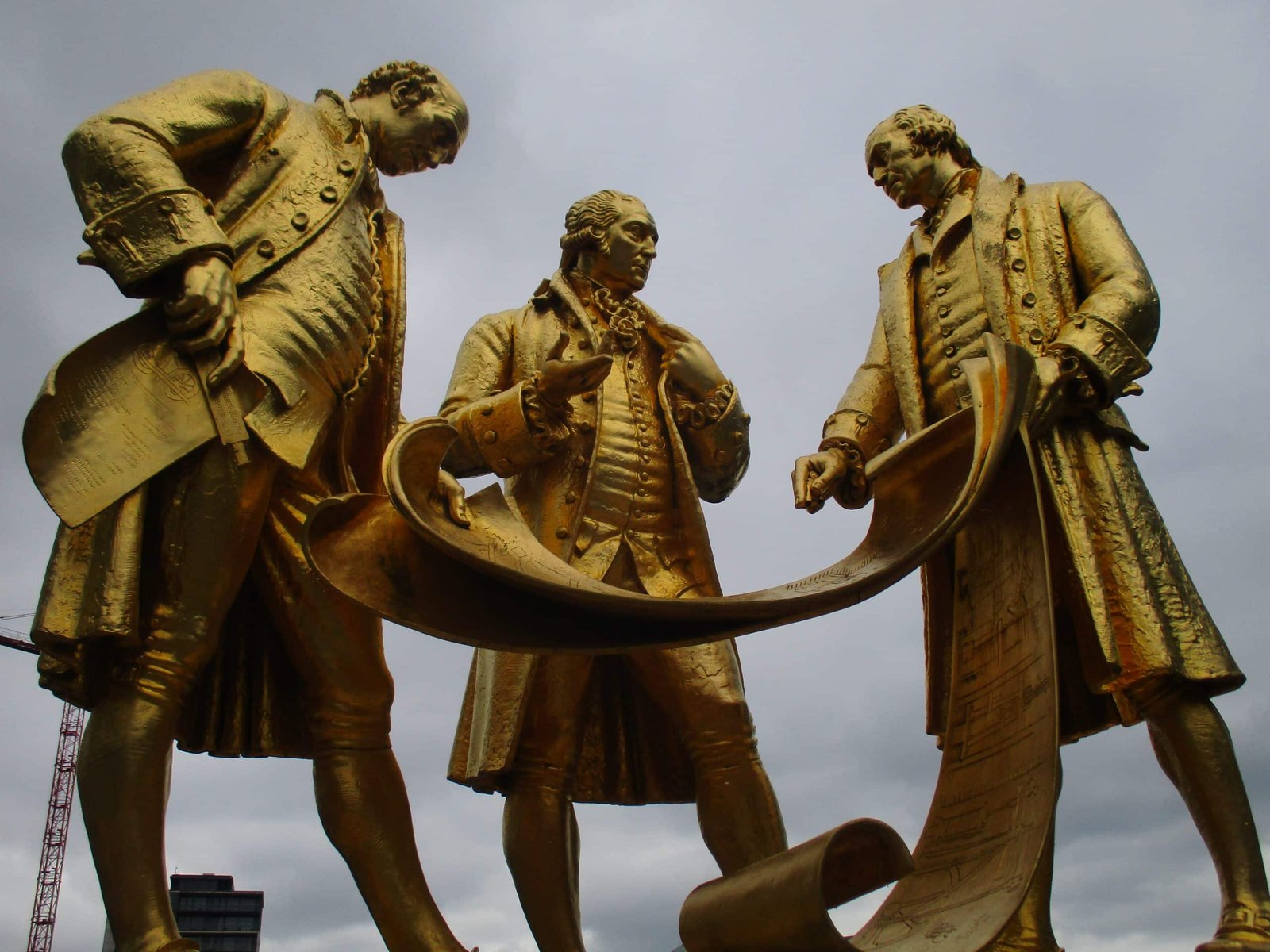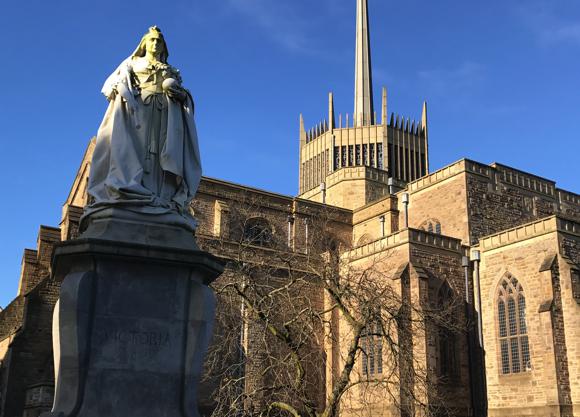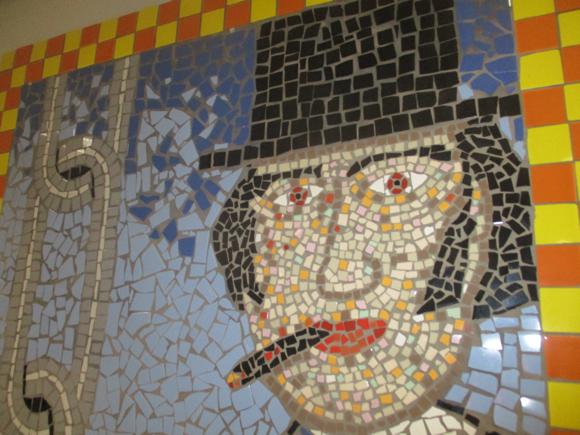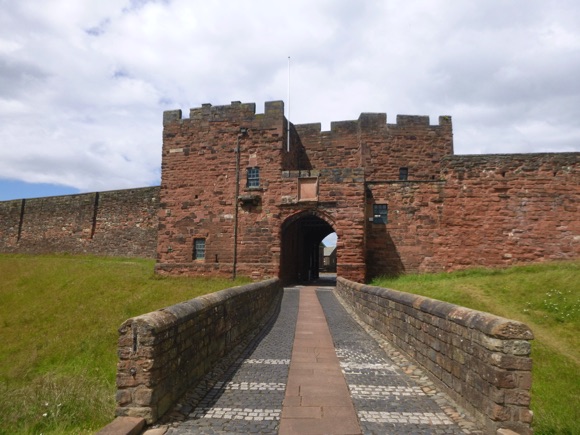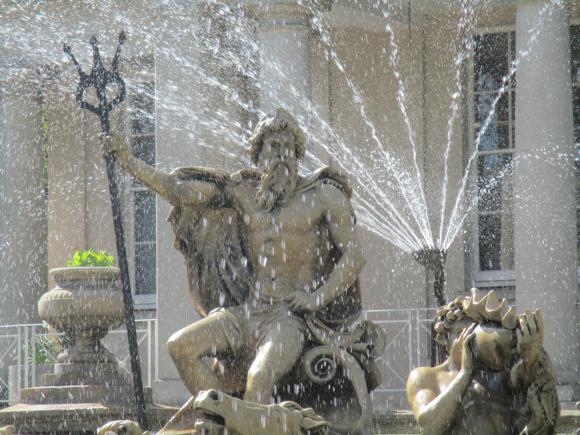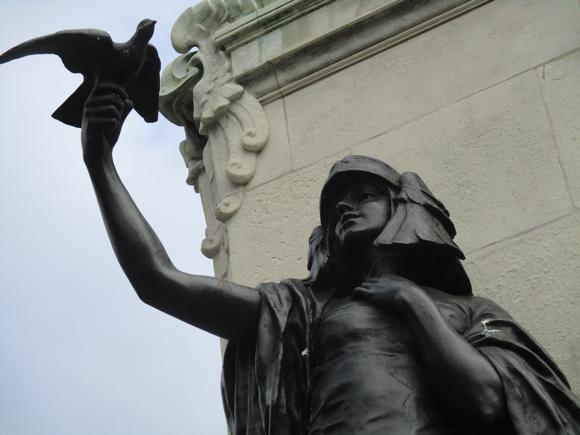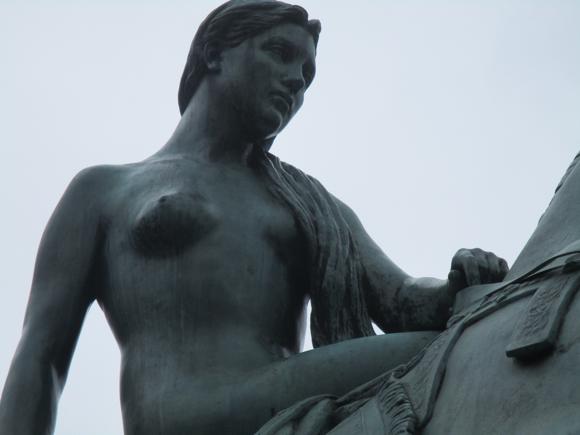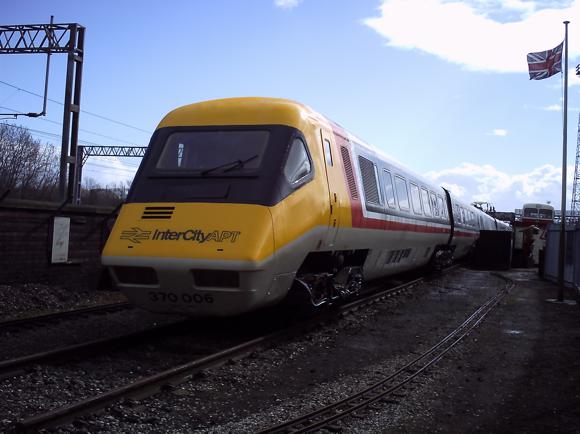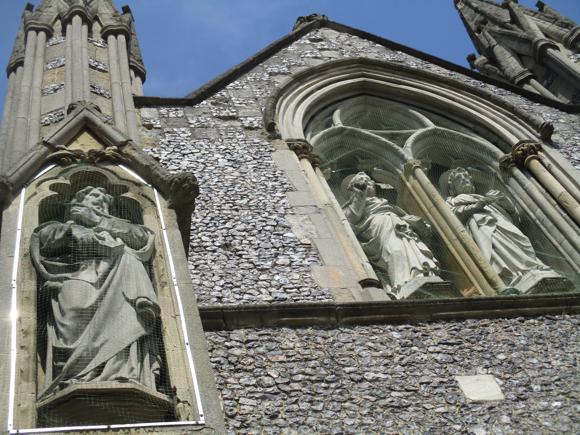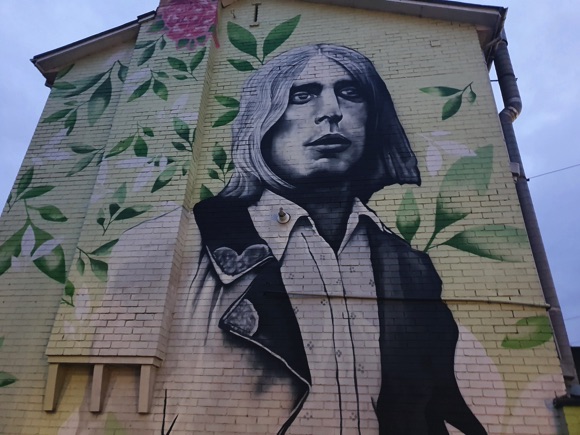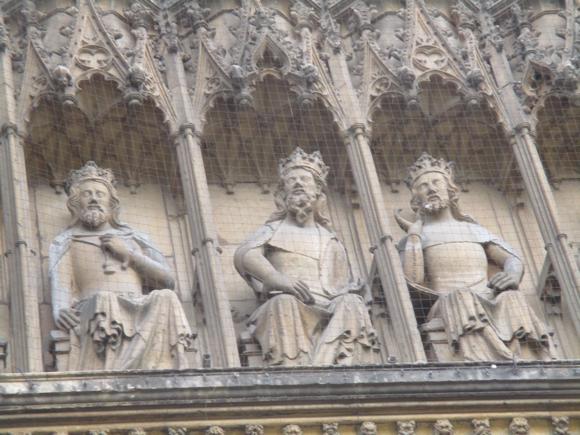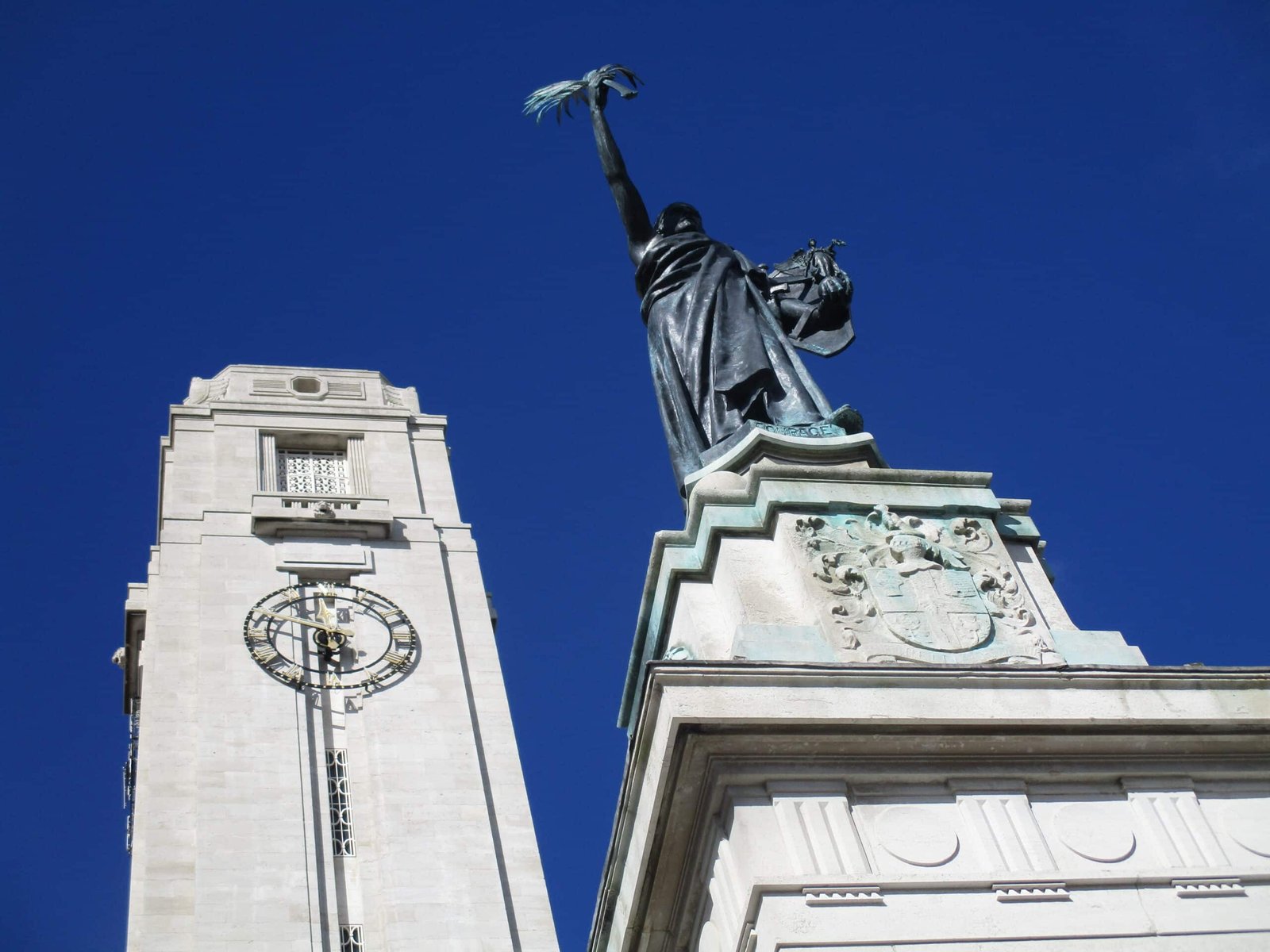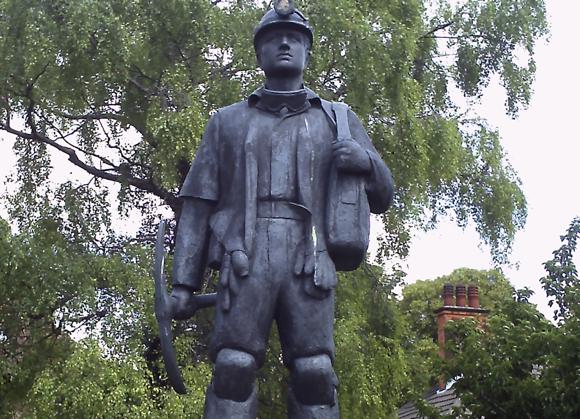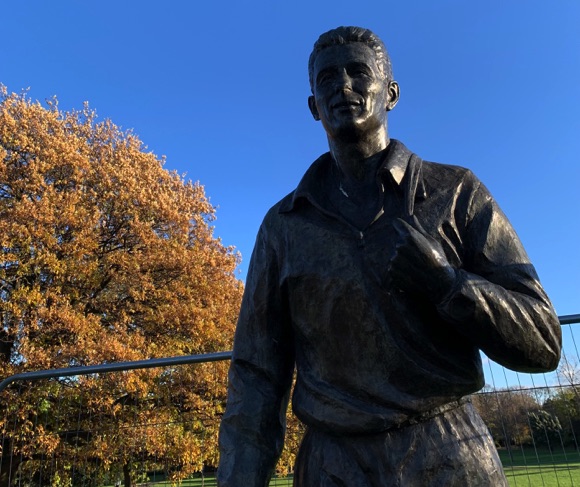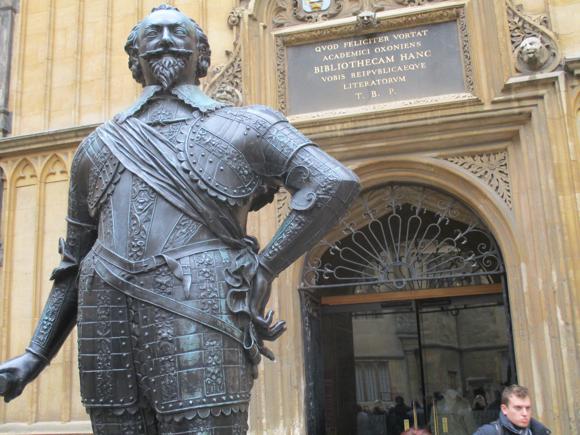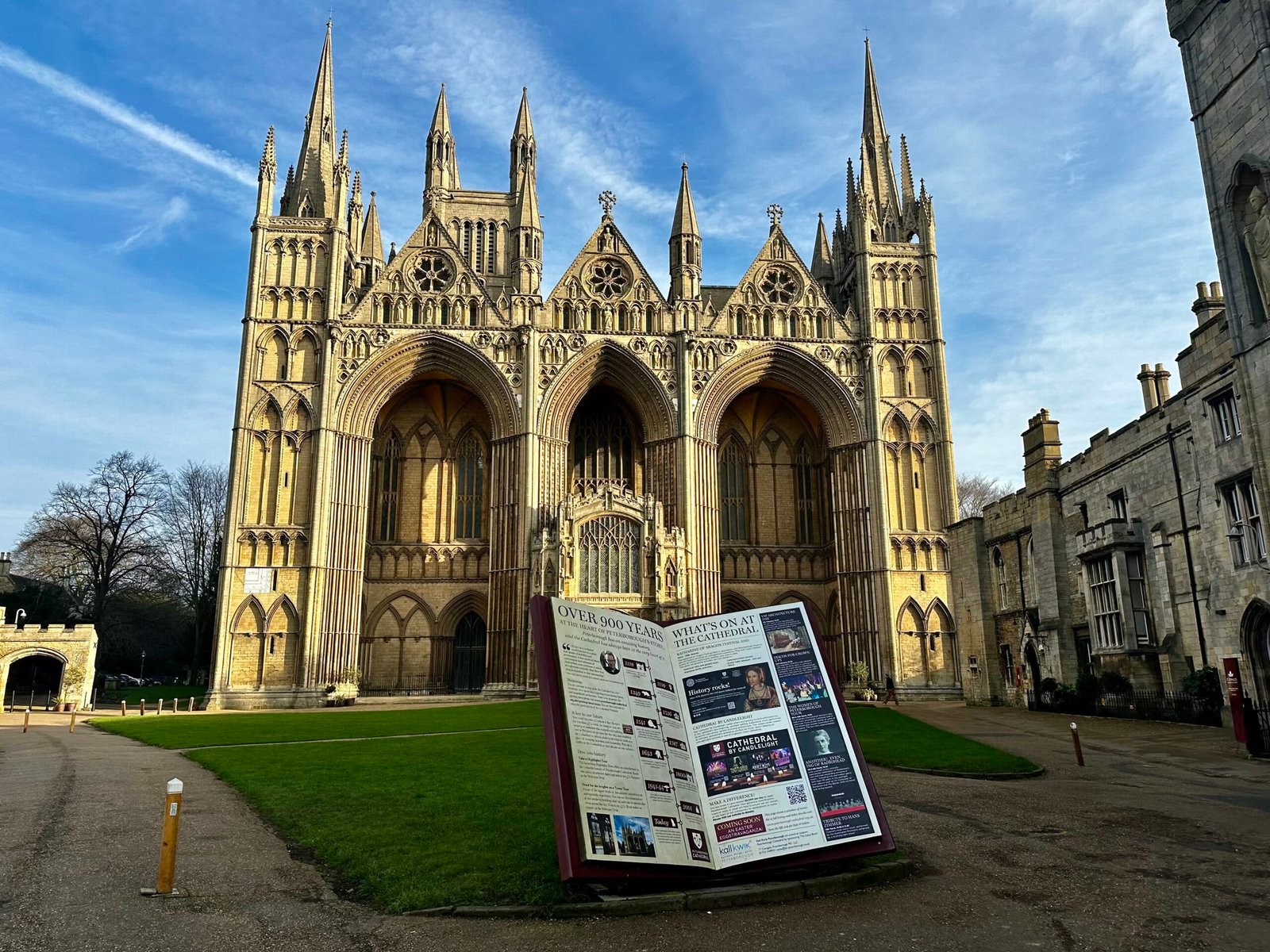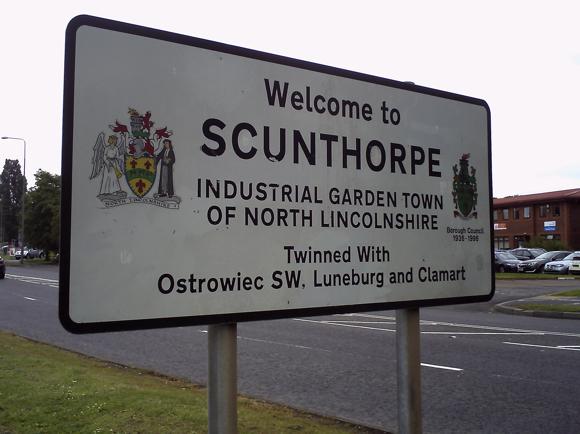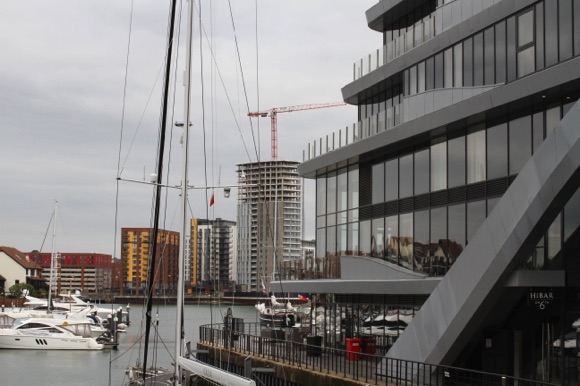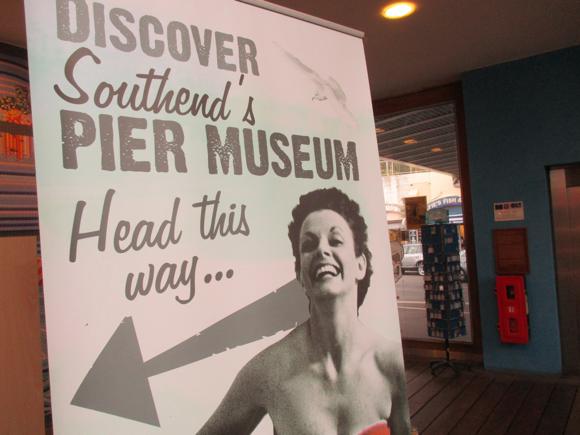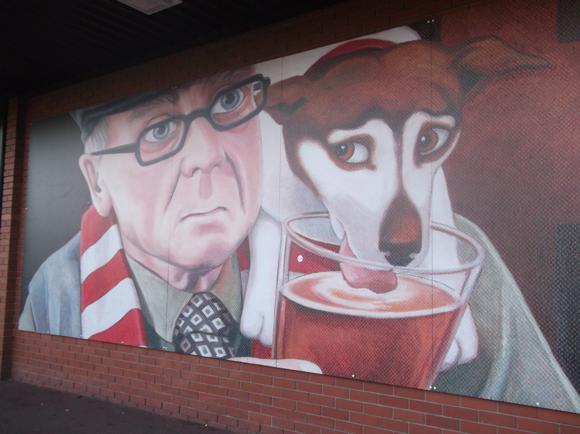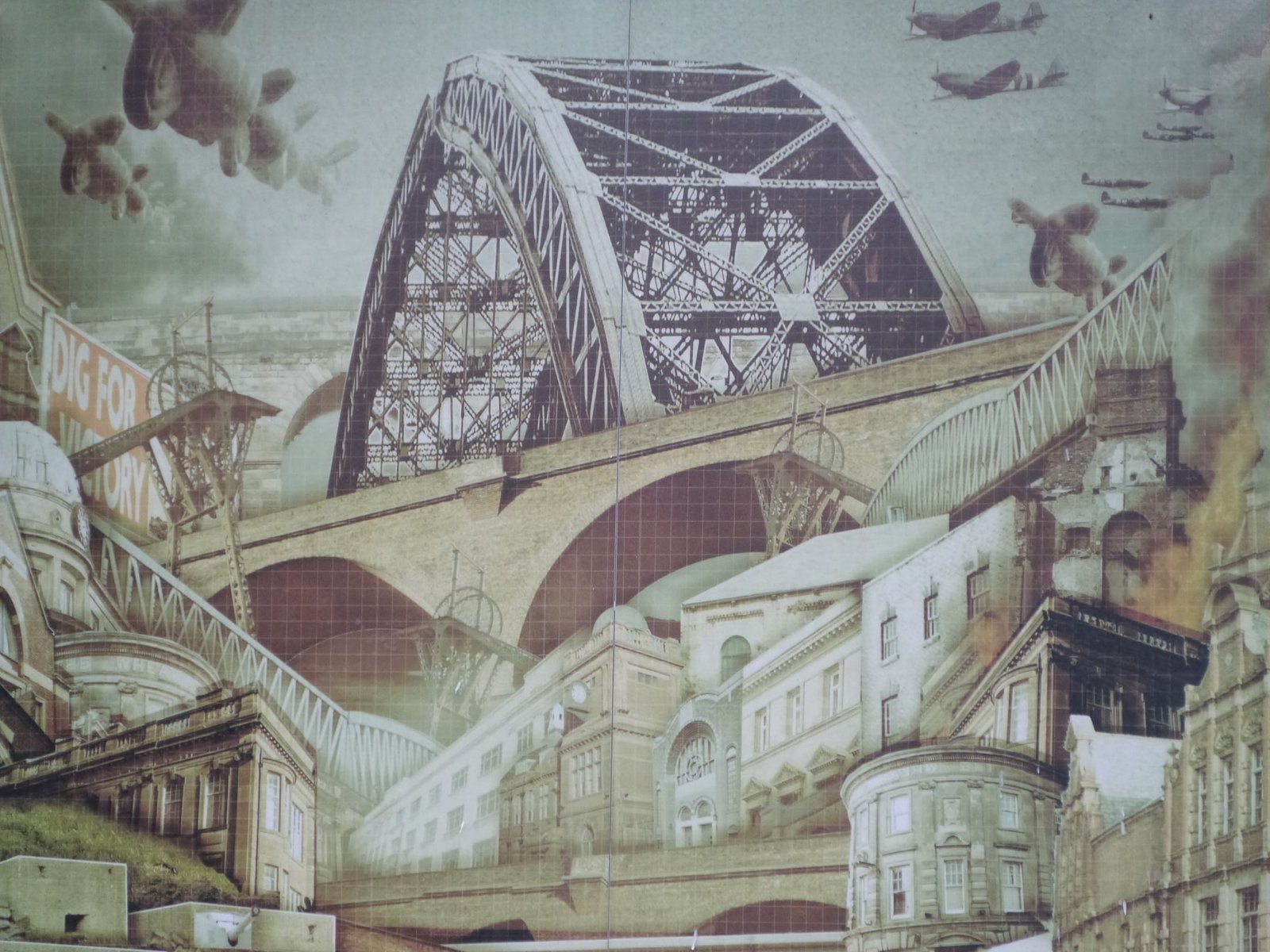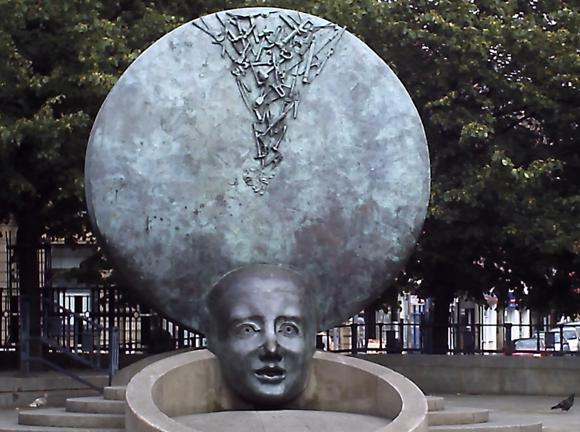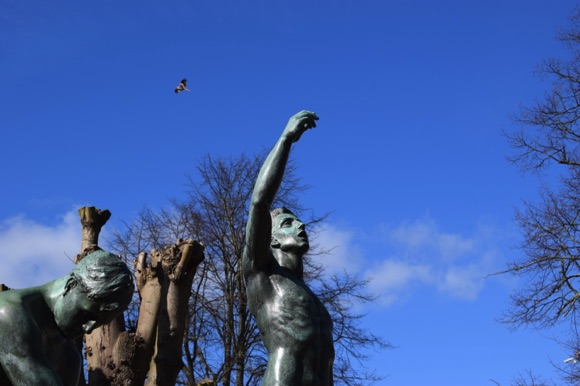Teams, tales and tips – a guide to the local game
The liveliest party resort on the south coast, Brighton is a football-focused city with a huge fan base. And the main club, Brighton & Hove Albion, are now firmly established in the Premier League, the years of near oblivion and homeless purgatory almost forgotten.
The Amex, Brighton’s long-awaited stadium by the university complex in Falmer, attracts something close to its 32,000 capacity every home game. In 2017, it saw unprecedented scenes as Albion supporters swarmed onto the pitch to celebrate promotion – only a year after narrowly missing out in the play-offs.
By 2023-24, it was hosting the likes of Ajax, Marseille and Roma as Brighton topped their Europa League group on their international debut and made the Round of 16. Proximity to Gatwick Airport would have just one of the plus points travelling fans will have enjoyed for Brighton’s unexpected European sojourn.

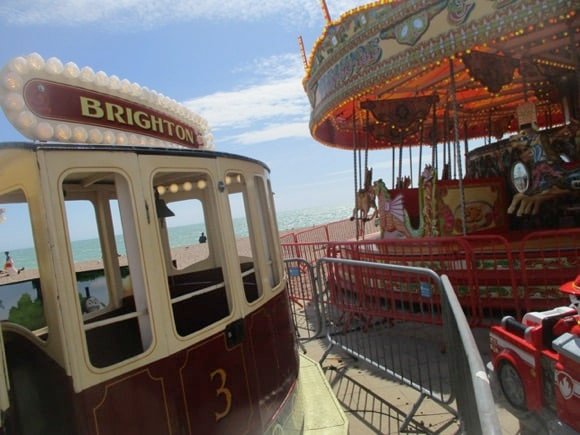
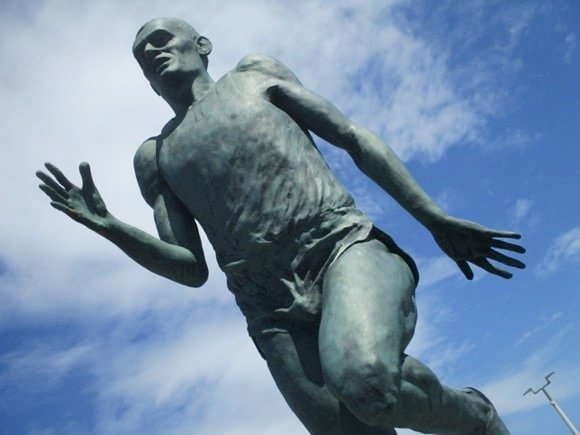


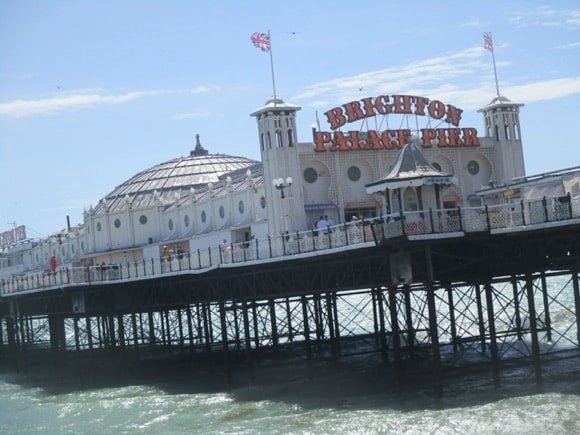
Opened in 2011, the Amex replaced the inappropriate Withdean Stadium, appropriately named Palookaville by famed local DJ Fatboy Slim for a launch party there. A modest athletics ground, the Withdean was the decade-long ‘interim’ solution to the mismanaged closure of the club’s beloved Goldstone Ground.
The Goldstone stood in Hove, the adjoining seaside town merged with Brighton in 1997.
Now a bland expanse of chain outlets by Hove Park, the Goldstone was Brighton’s home for most of their history. The cup run of 1982-83 that led to last-minute heartbreak at Wembley, the four short years in the top flight, the second-half strike against Doncaster that helped keep Brighton in the Football League and the subsequent pitch invasion, they all happened here.
The invasion of 1997 was part celebration, part protest, the Goldstone and its history having been dismantled thanks to a chancer owner who had made his millions in DIY.


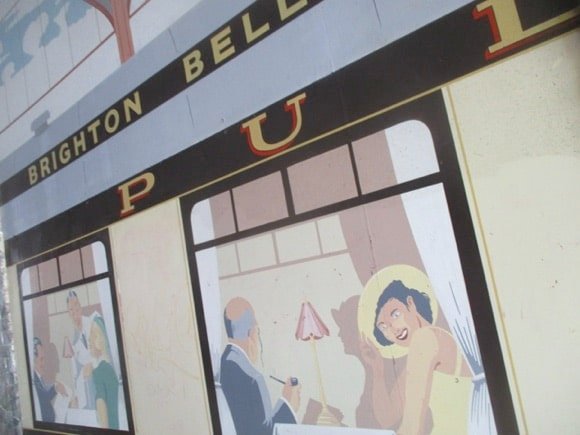
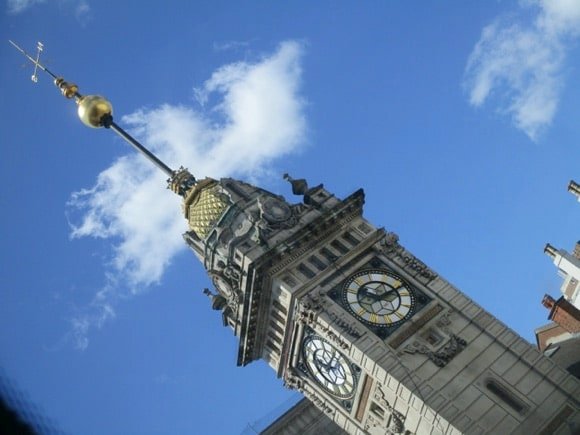
The man who rescued the club from near oblivion was Hove-based advertising mogul Dick Knight. His crusade to rescue his beloved Brighton took many twists and turns before the Seagulls again faced Doncaster for the first league match at the Amex. Today fans congregrate in Dick’s Bar, named in honour of the club’s Life President made an Honorary Freeman of the city in 2013.
Taking over from Knight, locally born Tony Bloom, one of the world’s top poker players, raised the £93 million needed to build the ground.
The same day as the new stadium’s curtain-raising friendly with Tottenham, boyhood fan Dick unveiled a memorial in Hove Park, dedicated to the Goldstone that had once stood opposite.
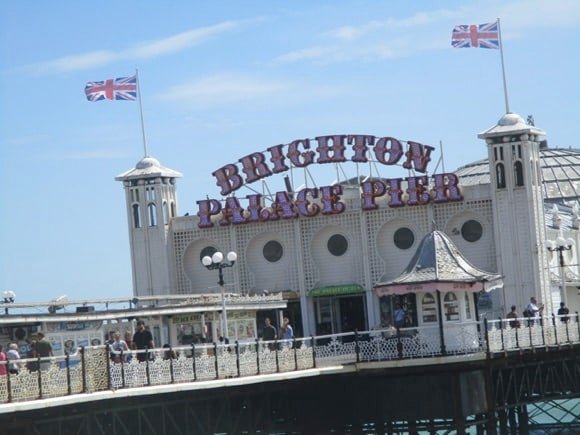
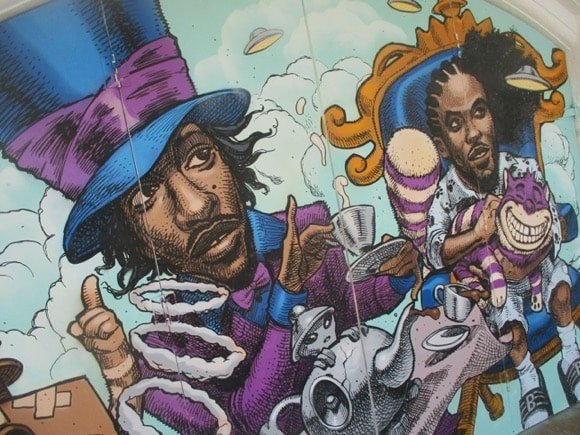

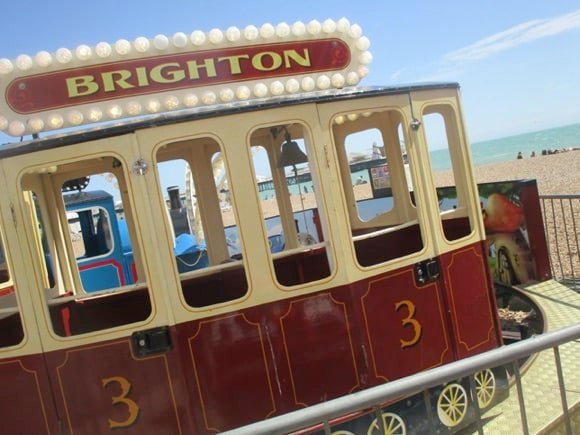
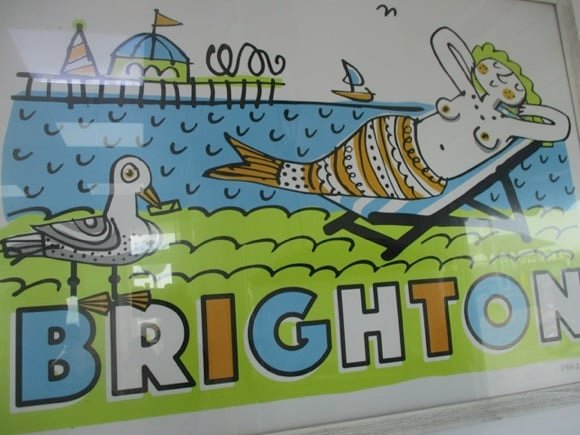
It was there that Hove FC first played in 1901. Brighton & Hove Albion had been created that same year, following the collapse of Brighton United in 1900. Brighton’s first club, United had joined the Southern League in 1898 but invested too heavily in players such as Welsh international Maurice Parry.
Folding the following year, United paved the way for Brighton & Hove Rangers, renamed Albion in 1901 after a meeting at today’s Seven Stars gastropub in Ship Street.
Brighton & Hove Albion moved in to groundshare the Goldstone with Hove FC, who moved out to Hove Rec 1904. Sole Goldstone tenants Albion went from Southern League to Football League in 1920, Second Division in 1958 and First in 1979.

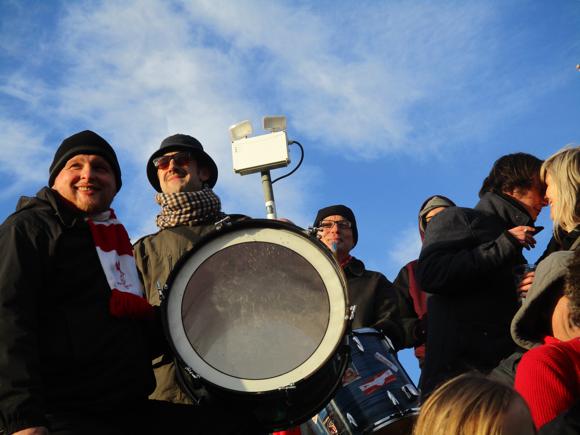
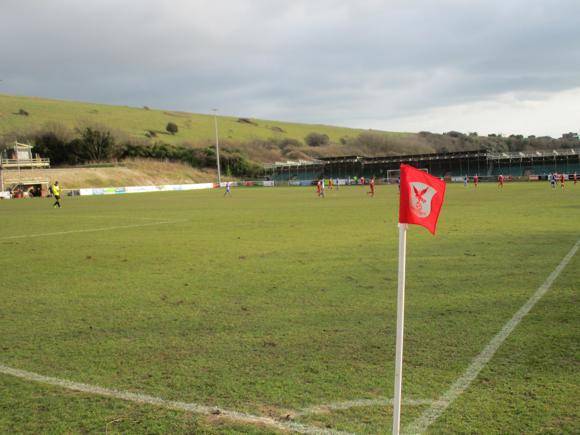
Hove FC, meanwhile, played in the Sussex County League before becoming Hove United in 1950 – for one season in the Metropolitan & District League.
In more recent times, Whitehawk FC came from the Sussex County League in 2010 to put in a creditable challenge for a place in the fifth-flight National League in 2016. On the way, the Hawks of East Brighton, their McLaren Enclosed Ground set between the Downs and the Marina, attracted a crowd of noisy ultras and gained nationwide fame with an FA Cup run in December 2015.
Now back in the Isthmian League, the club maintains a demonstrable anti-racist and anti-homophobic approach, part of a growing European movement.

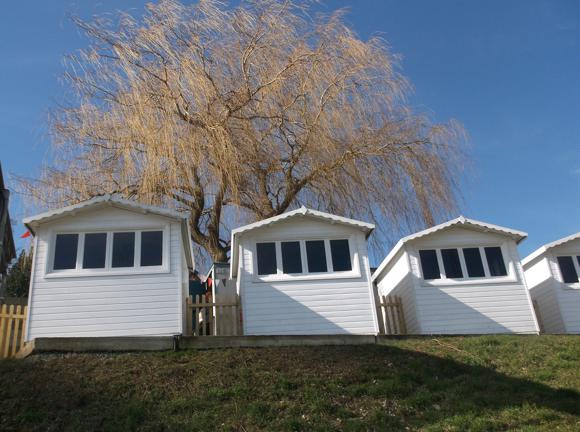
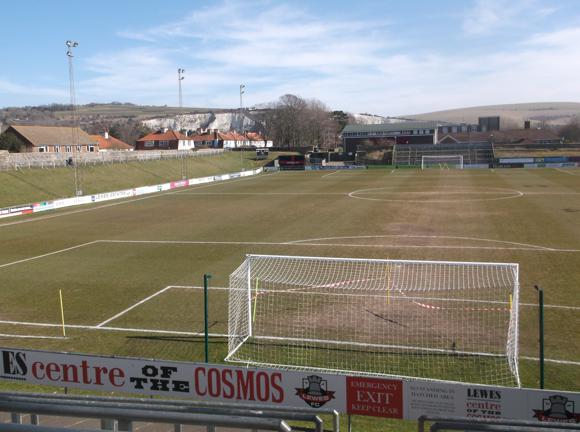
Currently in the same Isthmian League Premier, Lewes FC played in the fifth-flight Conference in 2008-09 and reached the first round of the FA Cup the season before. The community-owned Rooks made the news when they converted a row of beach huts as executive boxes at their quaint Dripping Pan ground close to Lewes station.
The club also earned considerable attention for its policy of paying its women’s team as much as its men, a first in the professional or semi-pro game in England. In March 2023, they attracted a crowd of 2,800 to the Dripping Pan for the visit of Manchester United in the FA Cup quarter-finals. After six seasons in the second-tier Championship, Lewes dropped down to the National League in 2024.
Back at the Amex, which is almost equidistant between Brighton and Lewes, Brighton’s main rivals are Crystal Palace. Partly born of a dispute between managers Terry Venables and Alan Mullery and a bitter two-replay cup tie in 1976, the fixture continues to boil over.
A first ever Premier League meeting between the two ended in a 0-0 draw but was followed by an unsurprisingly controversial FA Cup tie. A late winner by former Palace star Glenn Murray almost triggered a first-ever use of video assistant referee (VAR) technology – but the goal stood.
Getting Around
Arriving in town and local transport
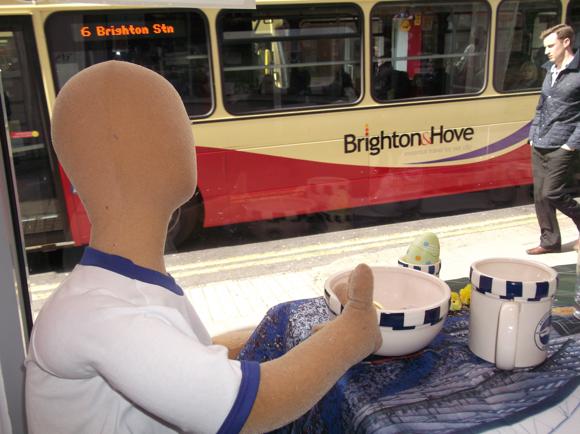
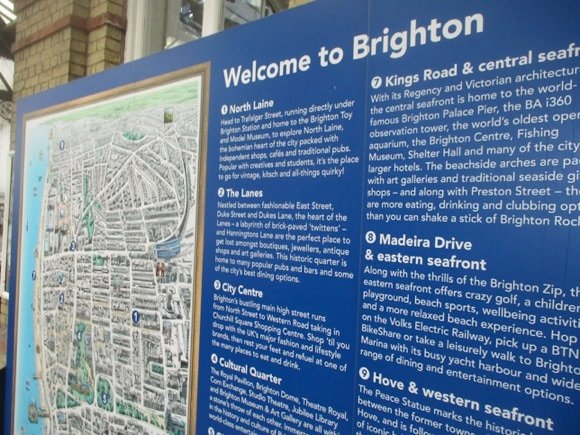

Brighton’s nearest airport is Gatwick, 50km (31 miles) away. The train (£8.40-£10) takes 30mins. Brighton Taxis (01273 20 40 60) charge £40-£50.
Each named after a famous Brightonian, Brighton & Hove buses cover the city. A single ticket is £2.70, short hop £1.90, a citySAVER day pass (not valid on night buses) £5.20, all sold on board.
The stadium is by Falmer station north-east of town, though local buses will be less busy than trains on match days.
Note that the club offers bus and train services for home and away fans on match days, a scheme that stretches as far as Eastbourne, Worthing and Haywards Heath, and for several hours either side of the game. For 3pm kick-offs, the scheme is in operation 11.30am-9pm, for 7.45pm games, from 4pm-midnight.
Where to Drink
The best pubs and bars for football fans
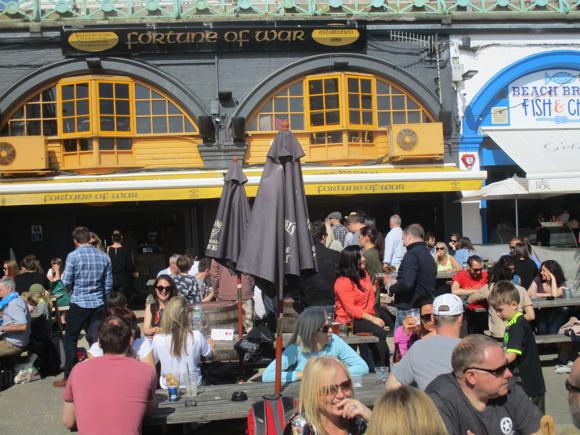
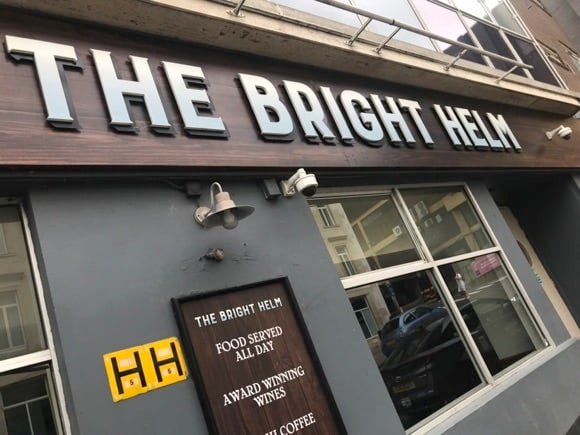
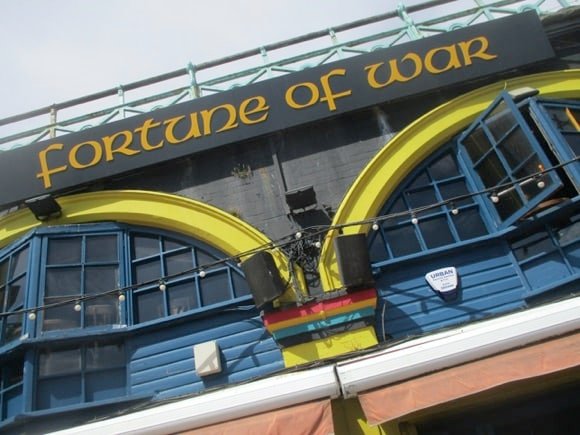

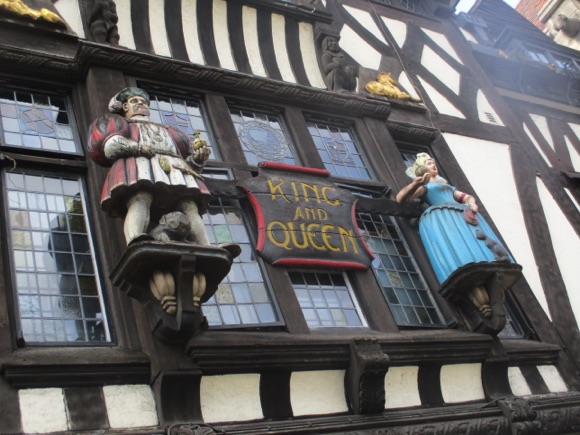

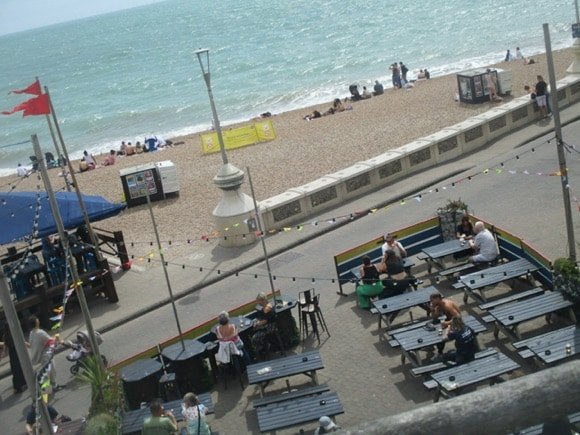
Brighton is party city. Weekends see the seafront and historic centre packed with revellers, year-round.
Some three-dozen pubs belong to the Laine group, including the 140-year-old seafront Fortune of War and equally venerable, tiled Victory on Duke Street. Dating back to 1779, on Marlborough Place near the Pavilion, The King & Queen houses the largest sports bar in Brighton and sponsors the local Aussie rules team. It also served as a home from home for Roma supporters for their visit to Brighton in March 2024.
The Bright Helm, on the main drag down to the seafront, is the nearest Wetherspoon pub to the beach. Opposite, Molly Malone’s is sport-focused, with 4am closing at weekends.

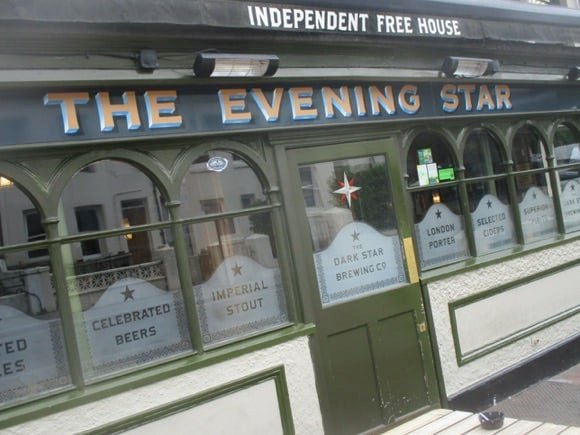

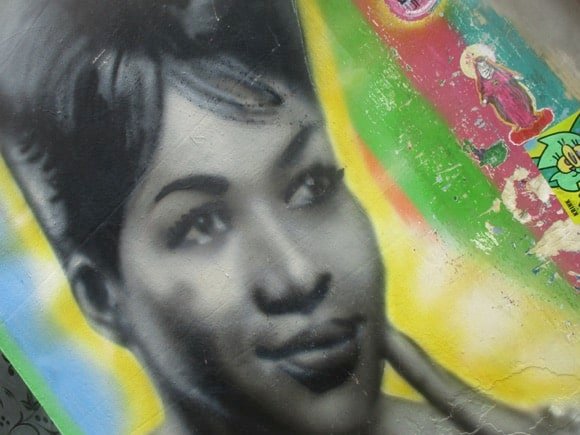
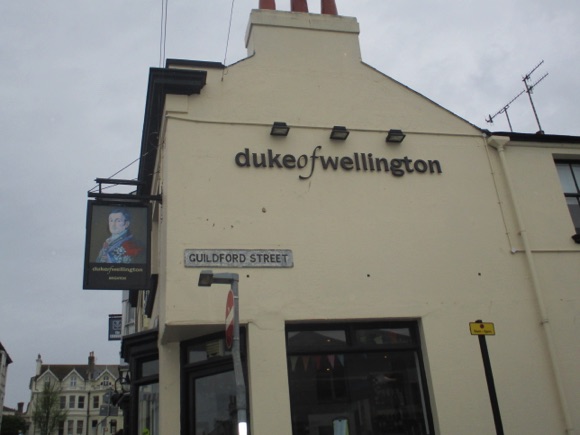
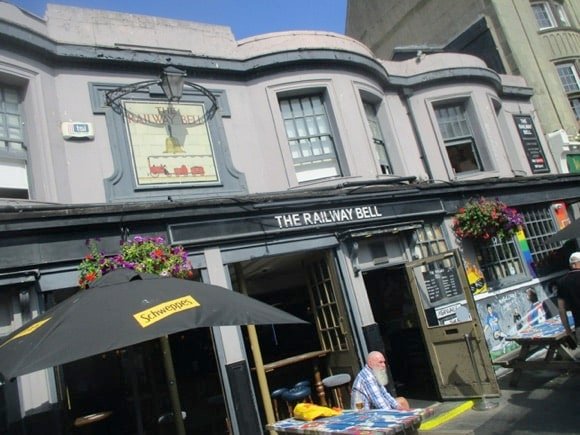
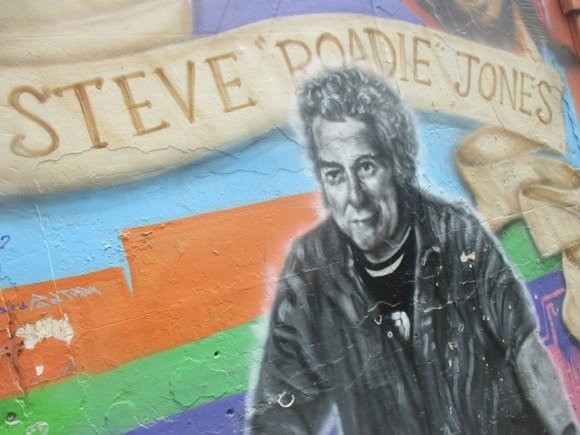


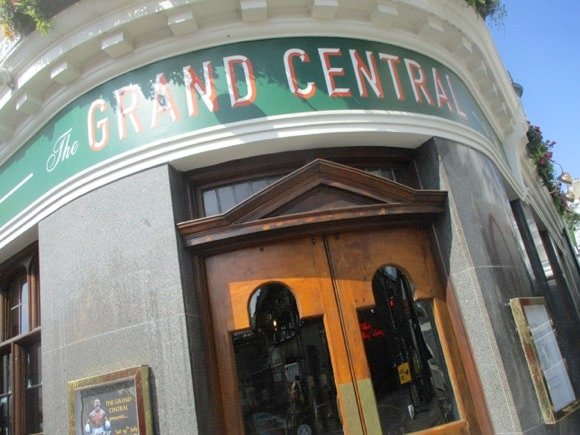
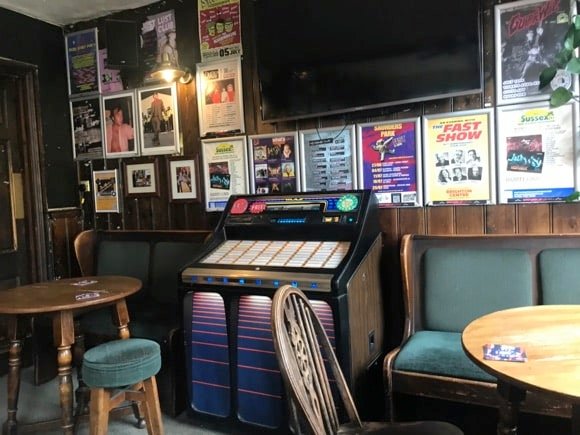
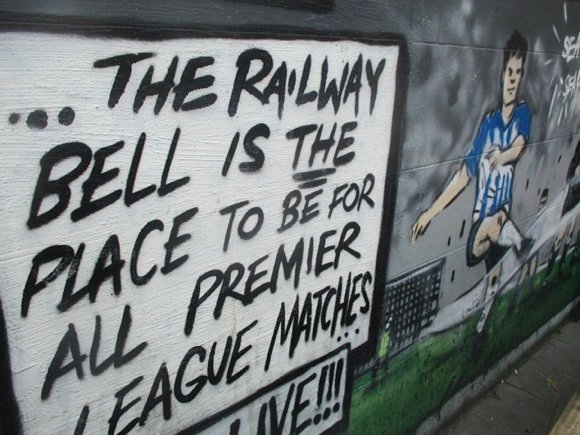
Pubs cluster around the station, TV sports broadcast in the Queen’s Head, the Railway Bell and the Duke of Wellington, while there’s a beer garden tucked behind Grand Central.
The nearby Evening Star is where renowned local beer Dark Star was first brewed. It is also served in bohemian The Prince Albert, its façade of iconic rock and rollers brightening the gloom by the railway arches adjoining the station. Punk generation football nuts should go no further.
Amid the bohemian boutiques of North Laine, honest-to-goodness The Heart & Hand is a tiled masterpiece, showing football during tournament summers but mainly playing classic 45s on its vinyl jukebox and giving Bailey the pub cat the run of the place. What is new is a bizarre system of table service to save you taking two paces to the bar counter.
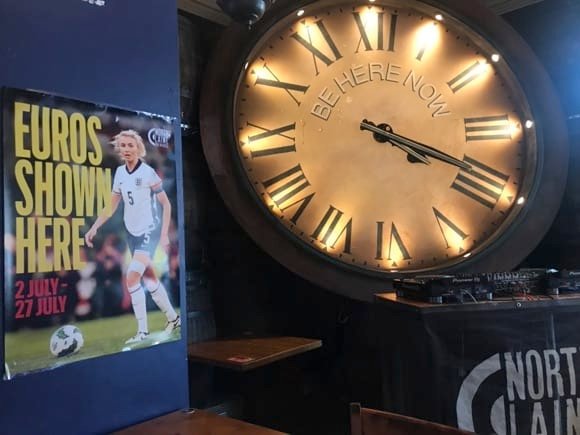
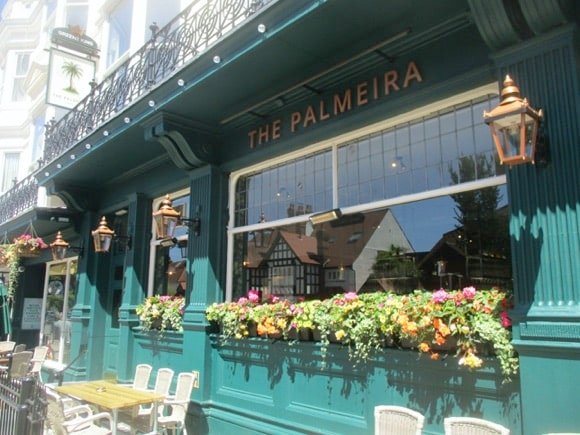

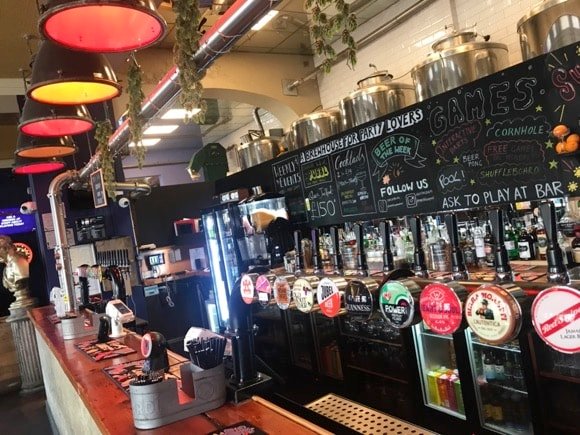
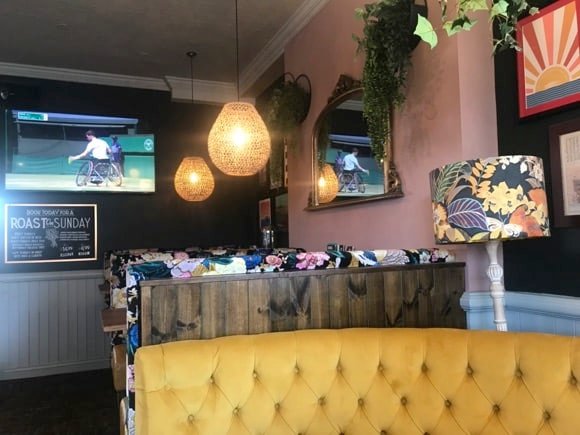
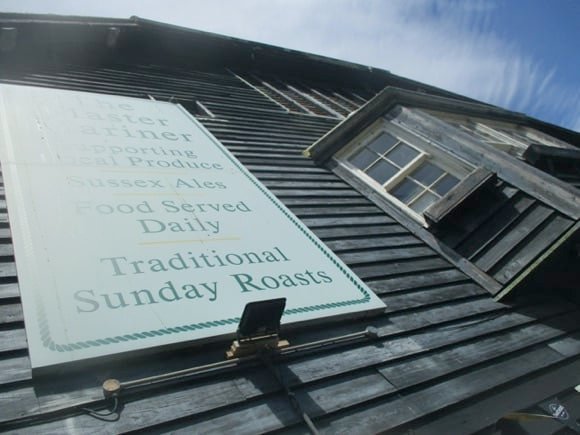
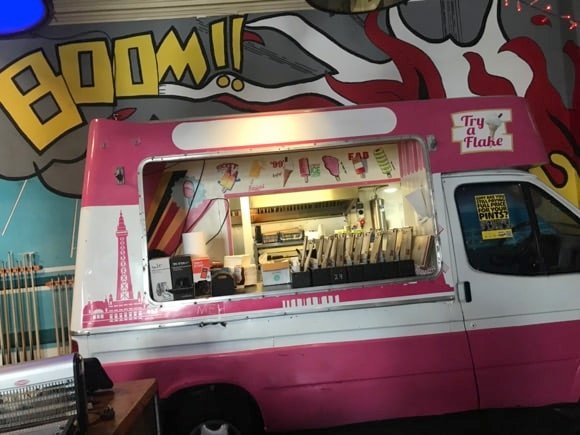

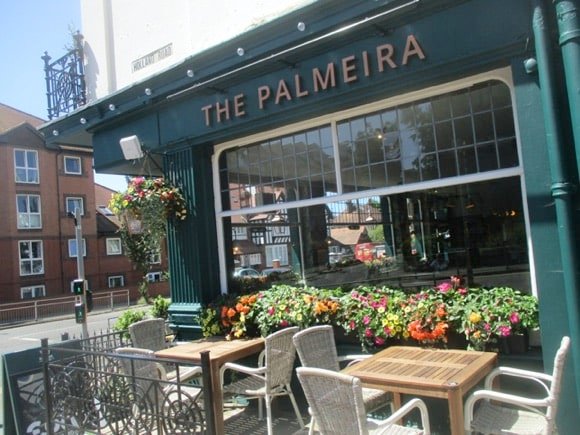
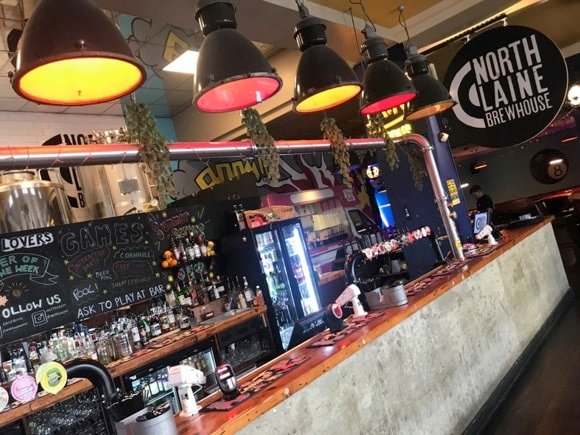
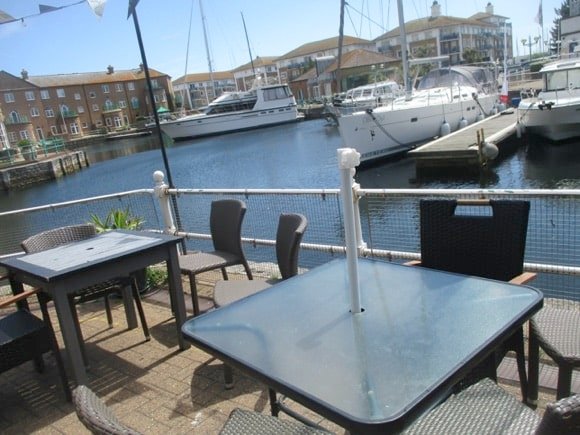
In the same vicinity, the North Laine Brewhouse ticks the kinds of the boxes you never knew you needed ticking, with its plethora of pub games, in-house ice cream van, string of beers on tap and TV sport. Closing hours of 2am Thursdays through Saturdays help things along nicely.
In The Lanes – the other tangle of atmospheric streets nearer the seafront – The Cricketers is Brighton’s oldest pub, the date of 1547 inscribed across its façade. Despite the name and the sign, there’s little by way of TV sport – they made pubs cosy in the 1500s – but it does have darts, a busy terrace and a literary connection to former regular, Graham Greene.
If you’re actually here for cricket, at the Brighton end of Hove, The Palmeira on Cromwell Road goes overboard on all sports, particularly football and especially if Arsenal are playing. Plenty of tables indoors and out.
At the opposite end of Brighton, around the Marina, the Master Mariner puts equal emphasis on sport and live music, in a winning location overlooking bobbing boats. The trusty No.7 bus can deliver you to and from the Marina in 15 minutes.
Where to stay
The best hotels for the ground and around town

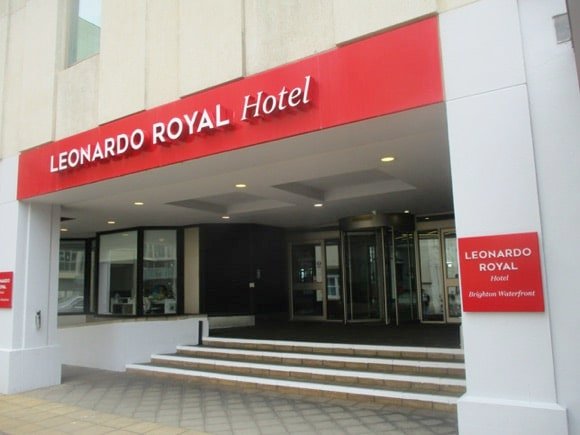

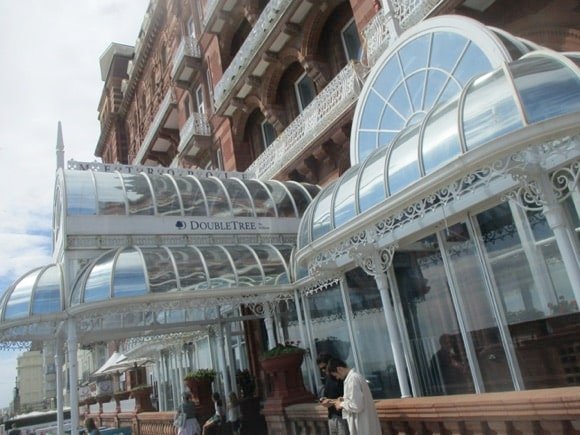
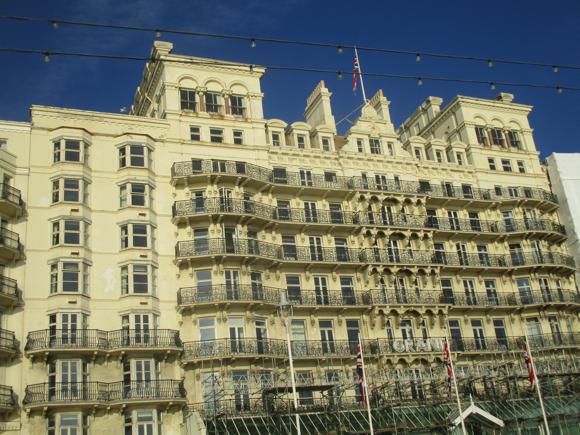

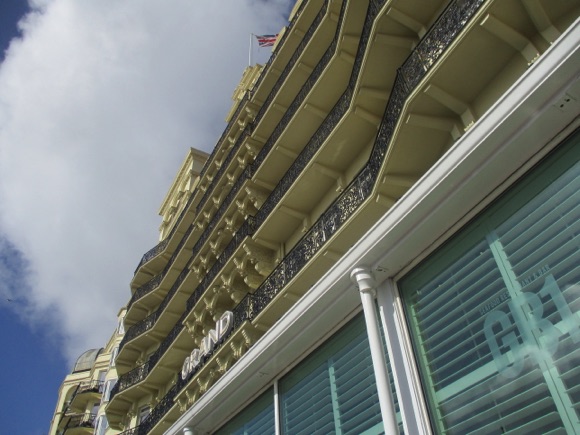
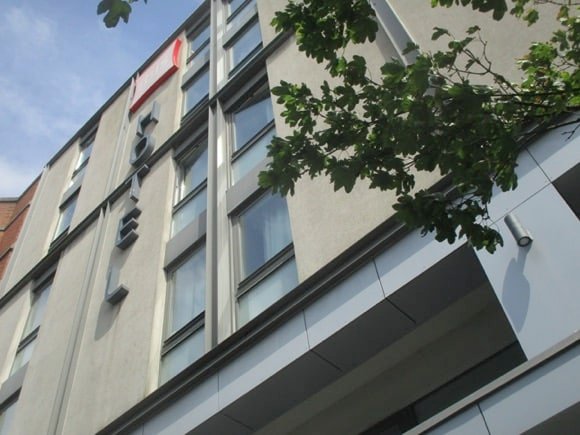


Popular weekend destination Brighton is packed with hotels – many operate a two-night minimum booking policy. Regency Square and the streets between the seafront and St James’ Street are lined with hotels.
Visit Brighton offers a booking service. There are no hotels near the stadium. To stay close to Brighton station, the ibis is right outside, while behind the station complex, Leonardo is a reliable mid-range choice – and it now has another branch on the seafront.
The Grand is the city’s most famous hotel, as elegant as its name suggests, creating a sweeping seafront façade with its near neighbour, the equally high-end DoubleTree by Hilton Metropole.

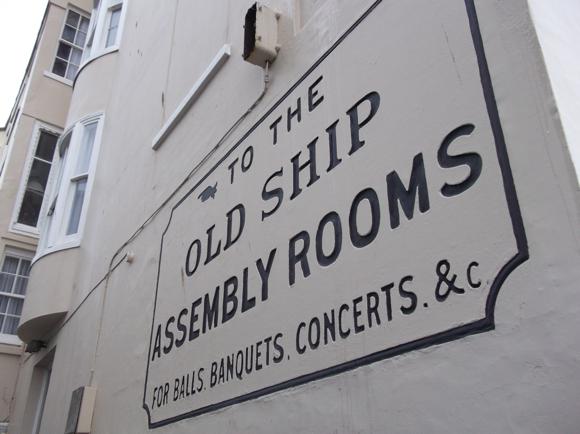
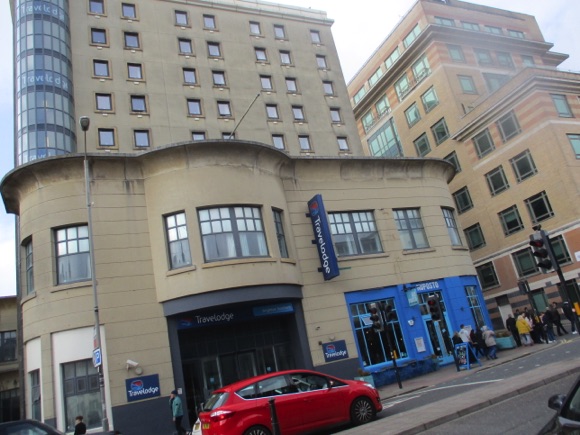

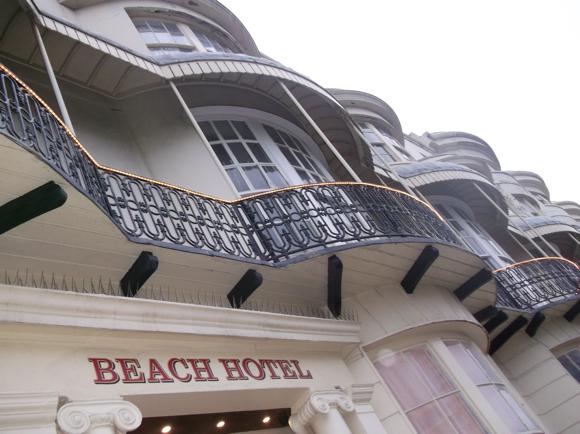

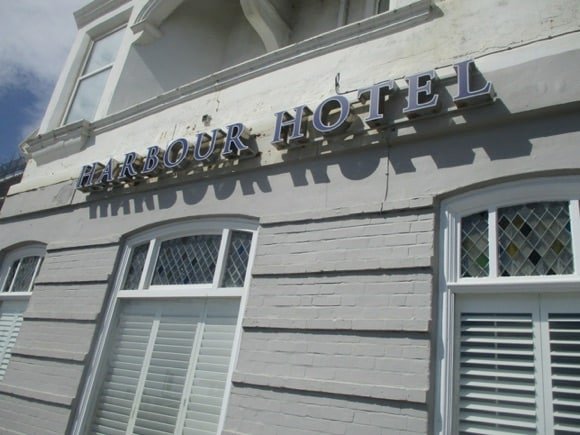
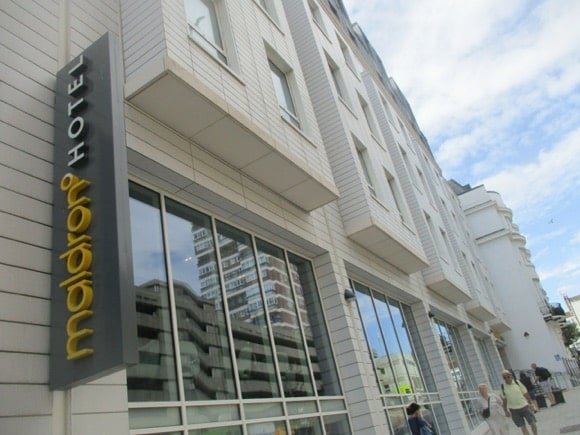
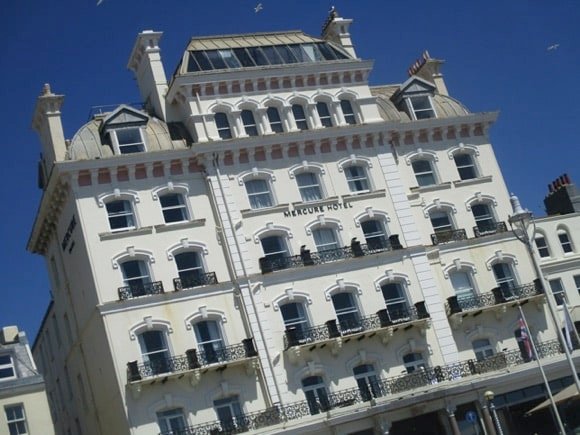
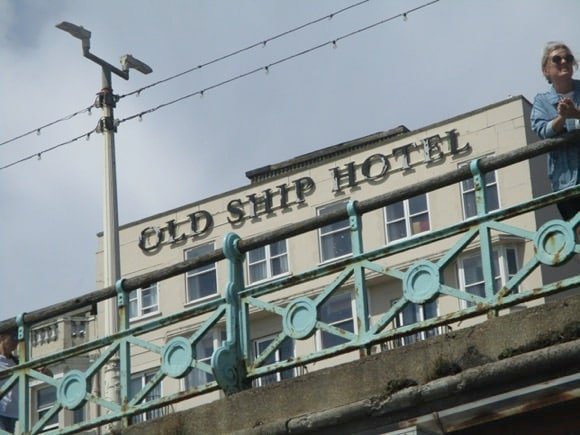
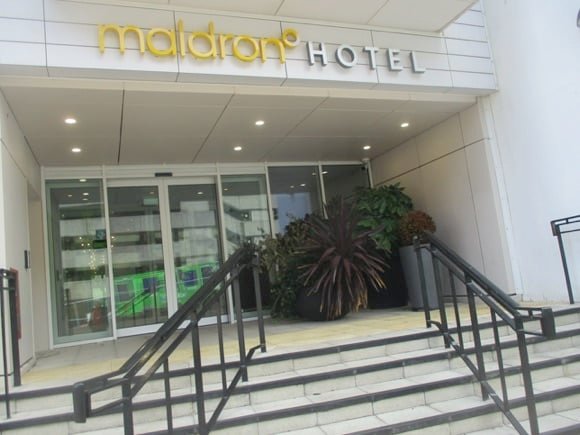
Just along from these big-hitters, the Mercure Brighton Seafront Hotel also occupies a heritage Regency building, some rooms with sea views.
The historic Old Ship Hotel is another quality option overlooking the sea. The nearby Harbour Hotel fills an 1850s building with a spa, bar and 79 trendy guest rooms.
Just behind the seafront, the Travelodge on West Street provides a budget option while the more recently opened Maldron brings a touch of Irish hospitality to Brighton with in-room dining, too.
Guesthouses, hostels and cheap chains surround Regency Square. The Beach Hotel, a jewellery shop in the Regency era, is typical of what’s on offer.
Down by the Marina, 15 minutes from central Brighton, Malmaison basks in panoramic sea views, best enjoyed over cocktails at the bar. Look out for offers on dining at the Chez Mal brasserie – steaks a speciality – and take advantage of free parking if you book direct.
Where to sHOP
Find the best football souvenirs and merchandise
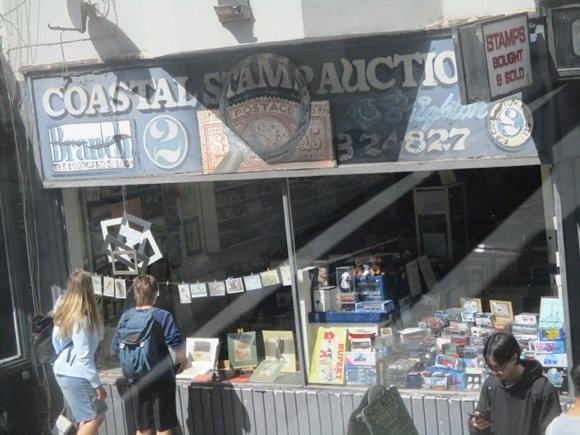
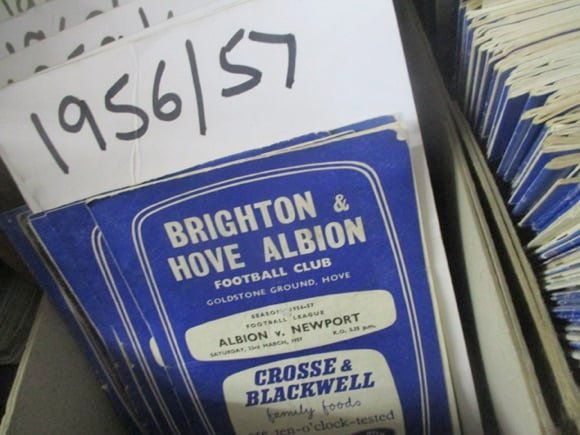

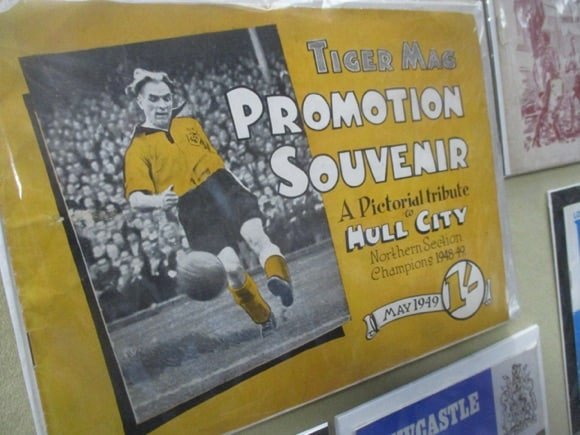
If you thought that Coastal Stamp Auctions, an enticingly timeworn shop down the road from Brighton station, attracted only philatelists and numismatists, think again. Head downstairs for a treasure trove of old football programmes and magazines, Brighton & Hove Albion a particular speciality – note the box dated 1956-57 – but take a look at the board immediately beneath the stairs for internationals and rarities.
In the middle, towards a counter managed by a knowledgeable gent, are runs of long-vanished football publications, many from the immediate post-war era when editors were willing to spend money on quality photography.
New stock is always coming in, so ask at the counter for your particular club or collectible if it’s not out on display. Timeless is the word you’re looking for.




